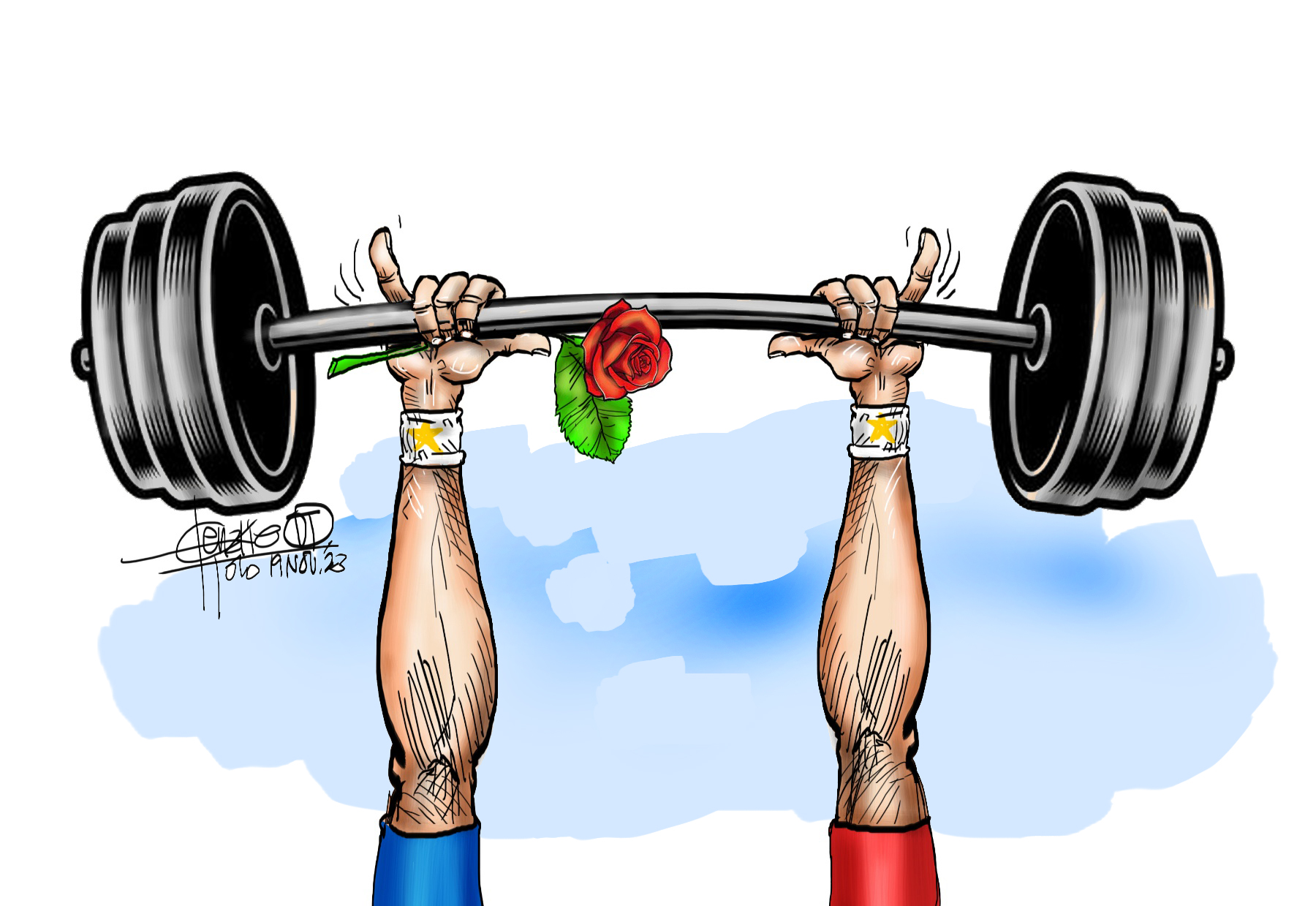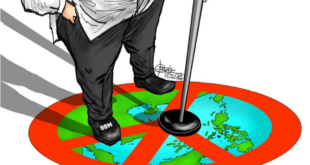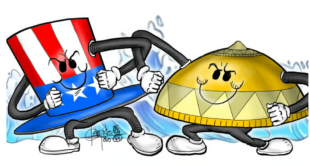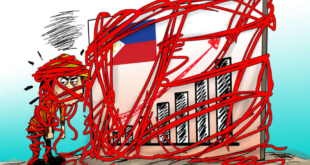But at the same time, allowing trans athletes to compete in the women’s division raises questions about fairness and the credibility of the results.

Samahang Weightlifting ng Pilipinas president Monico Puentevella made a controversial remark in calling for the banishment of transgender athletes from major international events.
A former Bacolod congressman, Puentevella urged the House Committee on Youth and Sports to file a bill prohibiting transgender athletes from competing.
Puentevella has a point.
In a sport like weightlifting, where brute strength and stamina are the main yardsticks, a transgender athlete would definitely have a massive biological advantage over the rest of the field.
For instance, in the weightlifting competition in the Tokyo Olympics in 2021, a born male, Laurel Hubbard of New Zealand, competed in the women’s 87-kilogram event.
Hubbard, a junior record holder when he was still competing as a male in 1998, decided to become a female in 2012. He underwent hormone therapy until she was formally accepted to compete in the women’s category in 2017.
Although the international weightlifting community was up in arms against Hubbard seeing action in the women’s category, she still prevailed as the New Zealand Olympic Committee included her in its Olympic team after meeting all the requirements of the International Olympic Committee, which allowed transgender athletes to compete in the Summer Games 18 years ago.
Hubbard’s Olympic journey, however, ended in frustration as she failed to climb the medal podium, not because of her diminished prowess but because of her advanced age of 43.
In the Philippines, the most popular trans athletes were Mona Sulaiman and Nancy Navalta.
Unlike Hubbard, Sulaiman and Navalta didn’t undergo gender reassignment. They were born female but with higher testosterone levels, giving them more masculine features.
Sulaiman emerged as the gold medalist in the women’s 100-meter and 200-meter runs at the 1962 Asian Games but was stripped of the crowns after flunking a gender test four years later. So, instead of seeing action in the 1966 Asian Games, Sulaiman opted to retire at the peak age of 24 rather than face discrimination because she looked like a man competing in the women’s division.
Navalta’s case was quite similar.
She was born with hermaphroditism, a condition in which a person can have both male and female sex organs. Still, she was raised as a girl despite being tasked to help in the family’s livelihood by carrying rocks in her hometown in Pangasinan.
She made many heads turn when she dominated the Palarong Pambansa from 1992 to 1994, drawing critics’ attention to her “flat chest, muscled physique and wispy mustache.”
She was supposed to compete for the country in the Atlanta Olympics in 1996 but decided to drop her plans after learning about her intersex condition.
In this day and age, people are very open and vocal about their sexuality, especially in sports. The IOC is now more inclusive and open to welcoming transgender athletes, knowing that they should be given the same rights and privileges accorded to the regular genders.
But at the same time, allowing trans athletes to compete in the women’s division raises questions about fairness and the credibility of the results. It is subject to abuse and sets a dangerous precedent when male athletes can easily win Olympic medals in the women’s division through sexual reassignment.
Although Puentevella’s rant may sound irrational and reek of sexual discrimination, let us consider the fact that the spirit of fair play and competitiveness had been greatly compromised the moment the IOC allowed transgender athletes to compete in the Summer Games.
Other international federations like the World Athletics and the International Chess Federation have restricted the participation of trans athletes. The World Aquatics is set to follow as it is crafting a way to limit its presence while maintaining the inclusive nature of significant events.
The IOC should carefully revisit its framework on trans athletes. Instead of having only the men’s and women’s divisions, it should include an “open” category so that they can restrict the participation of transgender athletes without completely excluding them.
The IOC should realize that the world is changing. They have to embrace transgender athletes without being unfair to those competing in the regular categories.
*****
Credit belongs to: tribune.net.ph
 Atin Ito First Filipino Community Newspaper in Ontario
Atin Ito First Filipino Community Newspaper in Ontario






